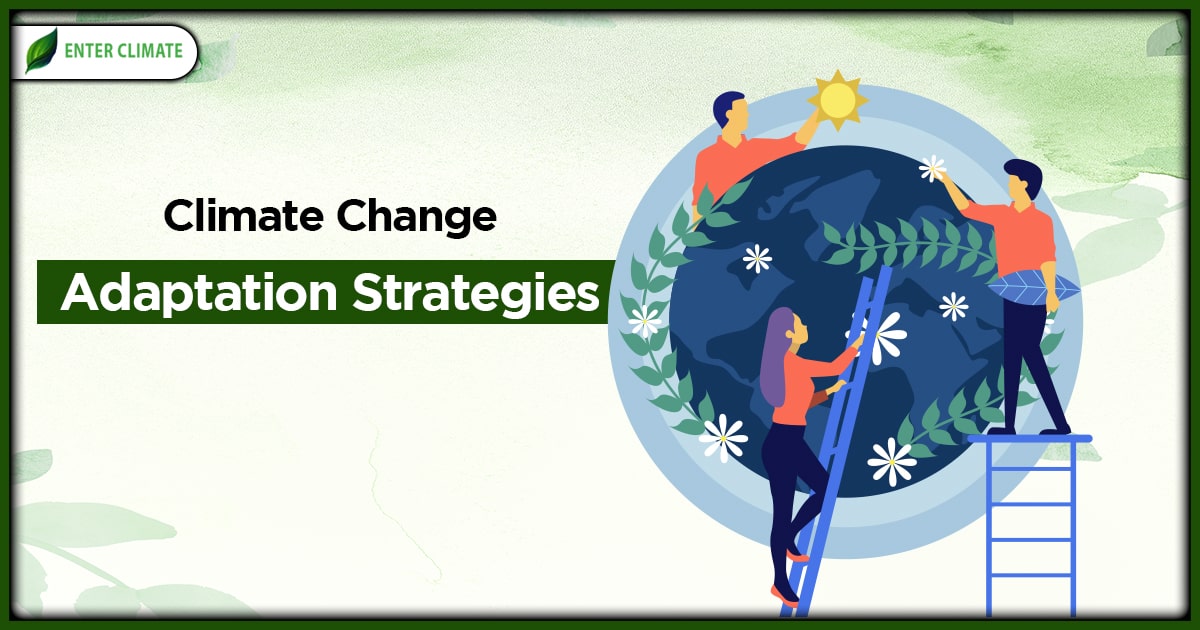
Can taxing the rich help to close the gender divide? And why should we care?

The side event, entitled “Can taxing the rich help to close the gender divide? And why should we care?” featured a panel discussion that explored how tax policy, especially capital and wealth taxation, can shape a more gender-just world.
The Relationship Between Taxes and Gender Justice
Chenai Mukumba, executive director of the Tax Justice Network Africa, began the discussion by noting that it is important to realize that the relationship between taxes and gender justice differs in every nation.
- “It’s important that particularly the countries that suffer most from the inequality are at the table,” she said.
Wealth Inequality and Feminism
Athena Peralta, director of the WCC Commission on Climate Justice and Sustainable Development, co-moderated the discussion. She noted that, according to Oxfam, we are living at a moment in which 252 of the richest men have accumulated more wealth than 1 billion women in Africa and Latin America combined.
- “So why are wealth taxes critical from a feminist perspective?” she asked the panelists.
Structural Inequalities and Taxation
Dr Priya Lukka, an economist from Leeds University, reflected that people living in poverty, inequality, and exclusion are not beneficiaries of the tax system, but are instead the net payers.
- “I think it’s important to recognise that there are certain structural inequalities, such as race and gender inequality, that are the legacy of colonialism and its mechanisms,” she said.
Taxation of Multinational Corporations and Gender Justice
Philip Peacock, executive secretary for Justice and Witness of the World Communion of Reformed Churches, was also a co-moderator of the discussion.
- “Women are payers rather than beneficiaries,” he noted, and asked the panelists to reflect on the question: “Why is taxation of multinational corporations a matter of gender justice?”
Disproportionate Impact on Women and Girls
Mahinour El Badrawi, a researcher for the Center for Economic and Social Rights, pointed out that taxes fall disproportionately on those who are burdened by the cost of living crisis.
- “And the health crisis, the climate crisis, all the poly-crises that we can think about—and women and girls are disproportionately affected,” she said.
Tax Reform for Equality
Uhuru Dempers, director of the Social Development Desk at Evangelical Lutheran Church in the Republic of Namibia, said the discussions, locally and globally, on tax reform are critical for a variety of reasons.
- “Taxes are also the building blocks of any society,” he said. “It’s a very powerful tool to use in terms of reducing inequality.”
The event was organized by the World Council of Churches, World Communion of Reformed Churches, Lutheran World Federation, World Methodist Council, and Council for World Mission, and All Africa Conference of Churches.
SDGs, Targets, and Indicators
1. Which SDGs are addressed or connected to the issues highlighted in the article?
- SDG 5: Gender Equality
- SDG 10: Reduced Inequalities
- SDG 13: Climate Action
2. What specific targets under those SDGs can be identified based on the article’s content?
- SDG 5.1: End all forms of discrimination against all women and girls everywhere
- SDG 10.4: Adopt policies, especially fiscal, wage, and social protection policies, and progressively achieve greater equality
- SDG 13.2: Integrate climate change measures into national policies, strategies, and planning
3. Are there any indicators mentioned or implied in the article that can be used to measure progress towards the identified targets?
- Indicator for SDG 5.1: Proportion of women and girls subjected to violence
- Indicator for SDG 10.4: Income inequality (e.g., wealth accumulation by the richest individuals)
- Indicator for SDG 13.2: Adoption of climate change policies and strategies
4. Table: SDGs, Targets, and Indicators
| SDGs | Targets | Indicators |
|---|---|---|
| SDG 5: Gender Equality | 5.1: End all forms of discrimination against all women and girls everywhere | Proportion of women and girls subjected to violence |
| SDG 10: Reduced Inequalities | 10.4: Adopt policies, especially fiscal, wage, and social protection policies, and progressively achieve greater equality | Income inequality (e.g., wealth accumulation by the richest individuals) |
| 10.7: Facilitate orderly, safe, regular, and responsible migration and mobility of people, including through the implementation of planned and well-managed migration policies | Number of countries implementing climate change policies and strategies | |
| SDG 13: Climate Action | 13.2: Integrate climate change measures into national policies, strategies, and planning | Adoption of climate change policies and strategies |
The article addresses or connects to SDGs 5, 10, and 13. Specifically, it discusses the importance of tax policy in shaping a more gender-just world, highlighting the gender inequality in wealth accumulation. This relates to SDG 5, which aims to achieve gender equality. The article also emphasizes the need to reduce inequality and mentions the impact of taxes on those burdened by the cost of living crisis, aligning with SDG 10 on reduced inequalities. Additionally, the article mentions the climate crisis and the importance of integrating climate change measures into policies, which relates to SDG 13 on climate action.
Based on the content of the article, specific targets that can be identified include SDG 5.1 (ending discrimination against women and girls), SDG 10.4 (achieving greater equality through fiscal policies), and SDG 13.2 (integrating climate change measures into policies).
The article implies indicators that can be used to measure progress towards these targets. For SDG 5.1, the indicator could be the proportion of women and girls subjected to violence. For SDG 10.4, the indicator could be income inequality, specifically looking at wealth accumulation by the richest individuals. For SDG 13.2, the indicator could be the adoption of climate change policies and strategies.
In summary, the article highlights the connection between tax policy, gender justice, and inequality, as well as the importance of integrating climate change measures into policies. This aligns with SDGs 5, 10, and 13. The specific targets identified are SDG 5.1, SDG 10.4, and SDG 13.2, with corresponding indicators related to violence against women, income inequality, and climate change policy adoption.
Copyright: Dive into this article, curated with care by SDG Investors Inc. Our advanced AI technology searches through vast amounts of data to spotlight how we are all moving forward with the Sustainable Development Goals. While we own the rights to this content, we invite you to share it to help spread knowledge and spark action on the SDGs.
Fuente: oikoumene.org

Join us, as fellow seekers of change, on a transformative journey at https://sdgtalks.ai/welcome, where you can become a member and actively contribute to shaping a brighter future.






